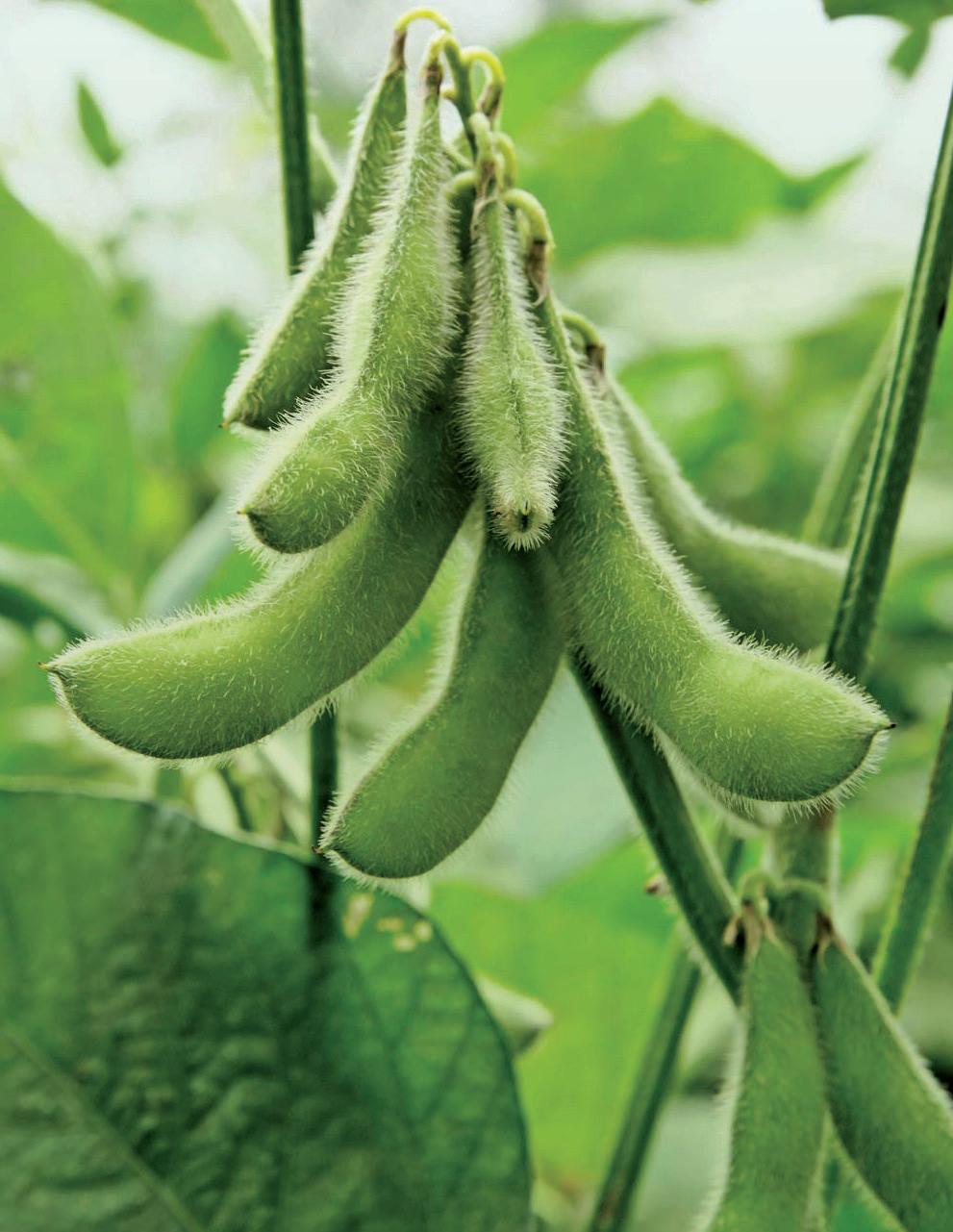INNOVATION TO IMPACT
Economics of Soy
“Our work with SIL is a critical part of our strategy to support sustainable development of legume markets in Malawi. Our partnership with SIL enables us to conduct research that is rigorous and responsive to the agriculture and nutrition needs here.The things we are learning from studies like the Malawi Input-Output analysis are already being used to improve our project activities, and to guide investments by our private sector partners.” Elizabeth Venable Economics and Evaluation Consultant, Malawi Agricultural Diversification Activity
CHALLENGE: Policymakers are often challenged by development investment choices as resources are limited, thus the need to make tradeoffs. While many sectors and agricultural value chains hold promise, policymakers need an objective tool to compare sectors across key metrics of impact such as their contribution to job creation or overall addition to economic activity. Depending on the sector, a dollar of investment can have a very different result for the wider economy. For example, investing in sectors that are reliant on many goods or services as inputs are likely to have large “upstream” effects, as those sectors also expand to meet the increased demand for inputs. On the other hand, investing in sectors that are used as inputs for further value-added activities are likely to have large “downstream” effects.
SOLUTION: SIL employs Input-Output analysis as a powerful methodology to help policymakers, donors, and researchers better understand and compare the economic impacts of various investments. Industrial crops like soybean are thought to have relatively large multipliers with respect to upstream industries as successful soybean production requires inputs such as fertilizer, crop protection products, inoculum, lime, certified seed, and tillage services and equipment. There should also be large downstream effects within the food, feed, and livestock industries due to soybean’s high levels of oil and high-quality protein.
Policymakers may also be interested in how those economic benefits are distributed. Do they flow to workers in the form of wages? Or, do they impact overall productivity in the form of capital investment? Are wage earnings spread among many workers, or a small number of better-paid workers? The impact of sector expansion on the overall economy is a function of that sector’s total multiplier effect and its size. Large sectors that also have large upstream and downstream multipliers (upper-right quadrant) will have the greatest positive economic impact when they grow—and the largest negative impact when they shrink.The four sectors in Malawi that have these features are tobacco, soybean, tea, and maize.These sectors annually produce over $900M USD of additional economic impact for the Malawian economy, more than 3.6x the impact of the remaining 13 sectors combined.
Malawian Crop Sectors (17) Ranked in Terms of Total Multiplier and Size (Total Output)





















